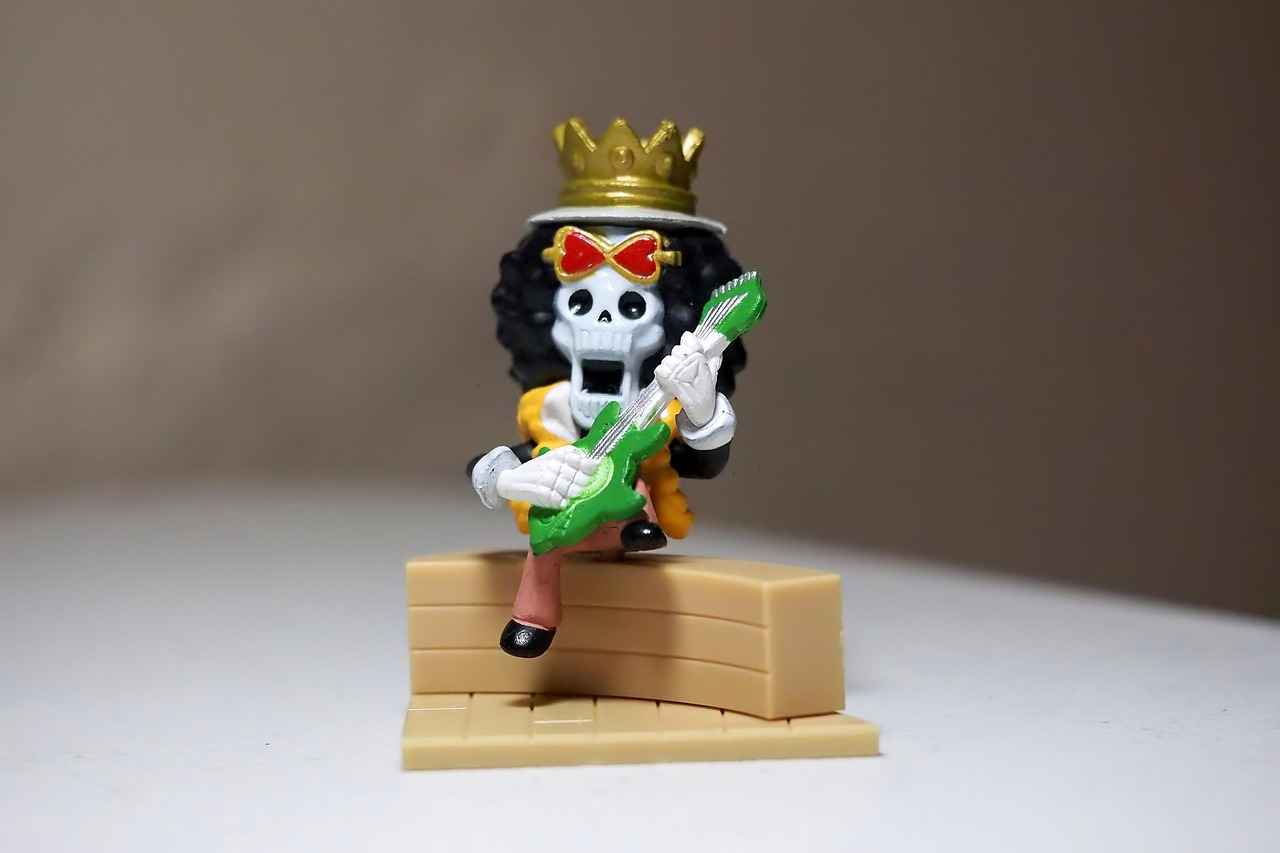This article explores the most frustrating and overused tropes in anime, examining their impact on storytelling and viewer experience, while offering insights into why they should be reconsidered in modern narratives.
- The Perpetual Love Triangle: Love triangles often create unnecessary drama but can become tiresome. This trope frequently distracts from character development and plot progression, leaving viewers frustrated rather than engaged.
- The Overpowered Protagonist: Characters who possess overwhelming abilities can diminish tension and conflict in a story. This section discusses how this trope affects character arcs and viewer investment in the narrative.
- The Tsundere Archetype: The tsundere character, known for their contradictory behavior, can often feel clichéd. Here, we analyze how this trope can hinder character depth and lead to predictable storylines.
- The Forgotten Side Characters: Side characters frequently fade into the background, losing their potential for development. This section highlights the importance of well-rounded supporting roles in enriching the overall narrative.
- The Misunderstood Villain: While complex villains can add depth, the trope of the misunderstood antagonist often feels overdone. We explore how this can detract from their role and the overall stakes of the story.
- The Endless Filler Episodes: Filler episodes can disrupt the pacing of a series, frustrating viewers who seek continuity. This section discusses the impact of fillers on engagement and how they can be avoided in storytelling.
In conclusion, these overused tropes can significantly impact the viewer’s experience and the overall quality of anime narratives. By recognizing and addressing these issues, creators can develop more engaging and innovative stories that resonate with audiences.
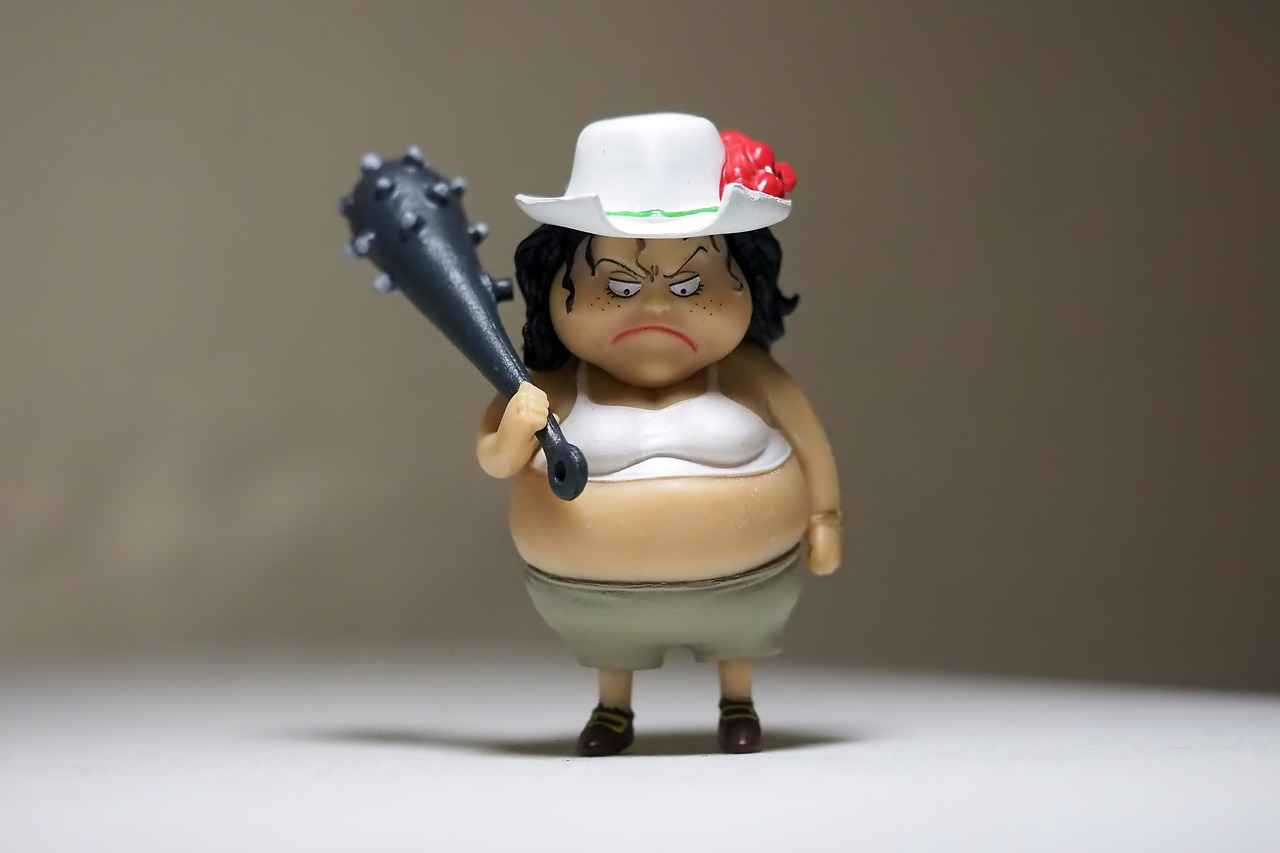
1. The Perpetual Love Triangle
The Most Annoying Anime Tropes That Need to Stop
This article explores the most frustrating and overused tropes in anime, examining their impact on storytelling and viewer experience, while offering insights into why they should be reconsidered in modern narratives.
Love triangles are a common trope in anime, often designed to inject drama and tension into the narrative. However, these scenarios can quickly become tiresome and predictable. Instead of enhancing character relationships, they frequently serve as a distraction, pulling focus away from meaningful character development and plot progression.
Viewers may find themselves frustrated by the repetitive nature of these triangles, where the same conflicts arise without any real resolution. This stagnation can lead to a lack of emotional investment, as audiences grow weary of the endless back-and-forth between characters. The overemphasis on romantic entanglements can overshadow more compelling story arcs, leaving fans feeling disengaged.
Moreover, the reliance on love triangles often results in character archetypes that feel one-dimensional. The characters involved may fall into predictable roles: the indecisive protagonist, the rival with a hidden agenda, and the loyal friend caught in the middle. This simplification can prevent deeper explorations of their motivations and desires, ultimately limiting the narrative’s potential.
To enhance storytelling, anime creators should consider moving beyond this trope. Focusing on authentic character relationships and allowing characters to grow independently can lead to richer narratives. By prioritizing character development over contrived romantic drama, anime can create more engaging and relatable stories that resonate with viewers.
Conclusion
In conclusion, while love triangles may have their place in anime, their overuse can detract from the overall viewing experience. By embracing more nuanced character interactions and storylines, creators can craft narratives that captivate audiences and foster genuine emotional connections.
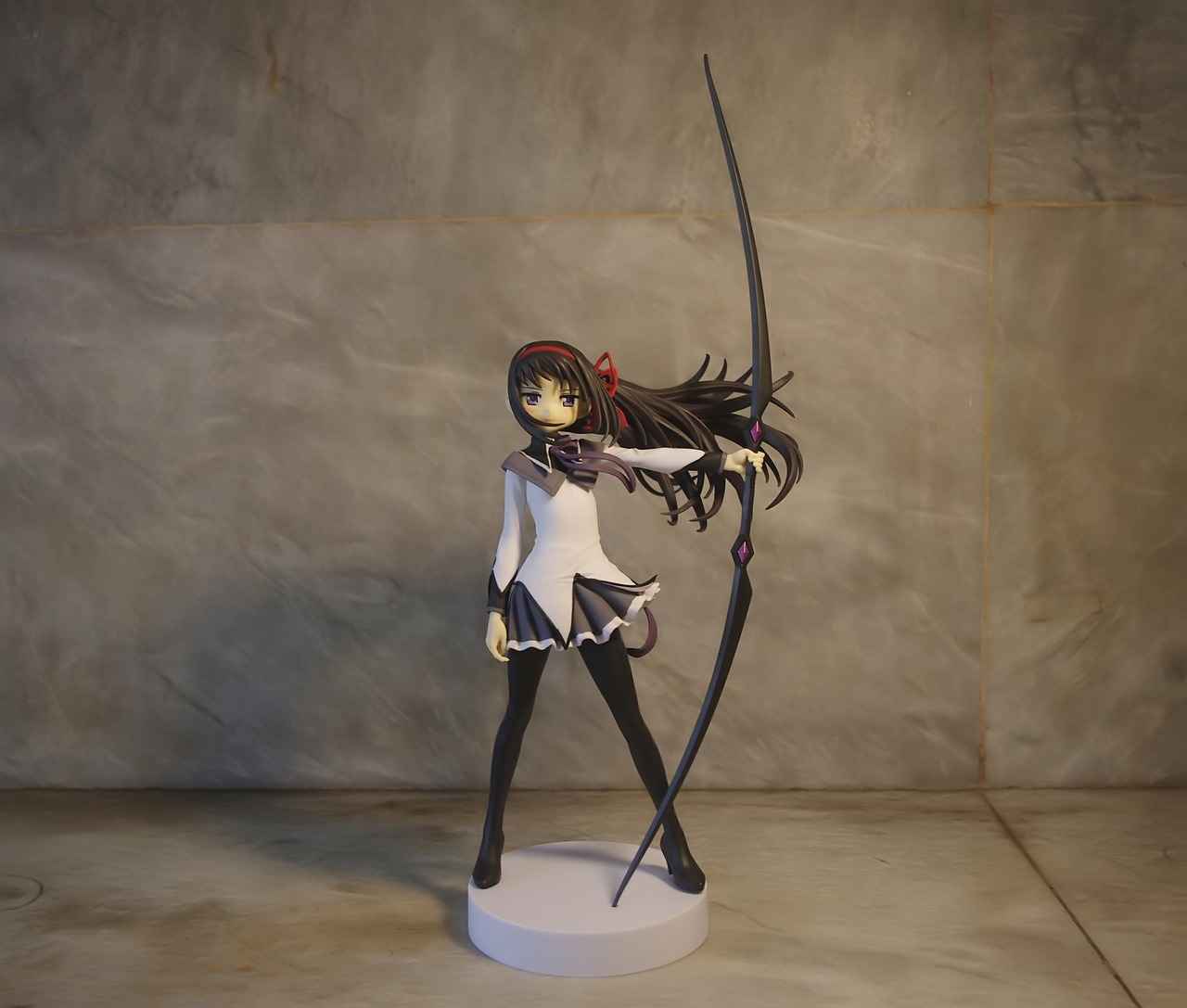
2. The Overpowered Protagonist
The Overpowered Protagonist trope is a prevalent theme in many anime series, often leading to a significant reduction in narrative tension and conflict. When a character possesses overwhelming abilities, it can create a sense of invincibility that undermines the stakes of the story. This dynamic not only affects the character arcs but also influences viewer investment in the narrative.
Characters with extraordinary powers can quickly resolve conflicts, which may result in a predictable storyline. Viewers often seek challenges and growth for protagonists, but when they can easily overcome any obstacle, it diminishes the emotional weight of their journey. For instance, a protagonist who defeats an enemy without struggle may leave the audience feeling detached, as the lack of tension leads to a less engaging experience.
Moreover, the presence of an overpowered character can overshadow supporting characters, diminishing their roles and development. This can create a disjointed narrative where secondary characters lack meaningful arcs, as their struggles become irrelevant in the face of the protagonist’s abilities. As a result, viewers may find themselves less invested in the overall story, leading to dissatisfaction.
To enhance character arcs and maintain viewer engagement, creators should consider balancing power dynamics. Introducing limitations or vulnerabilities can create opportunities for growth and development. For example, a protagonist who faces challenges that test their abilities or morality can lead to a more compelling narrative, encouraging audience investment.
In conclusion, while overpowered protagonists can be entertaining, they often diminish the depth of storytelling. By reevaluating this trope, creators can foster richer narratives that resonate more profoundly with audiences, ensuring a more engaging and emotionally satisfying experience.
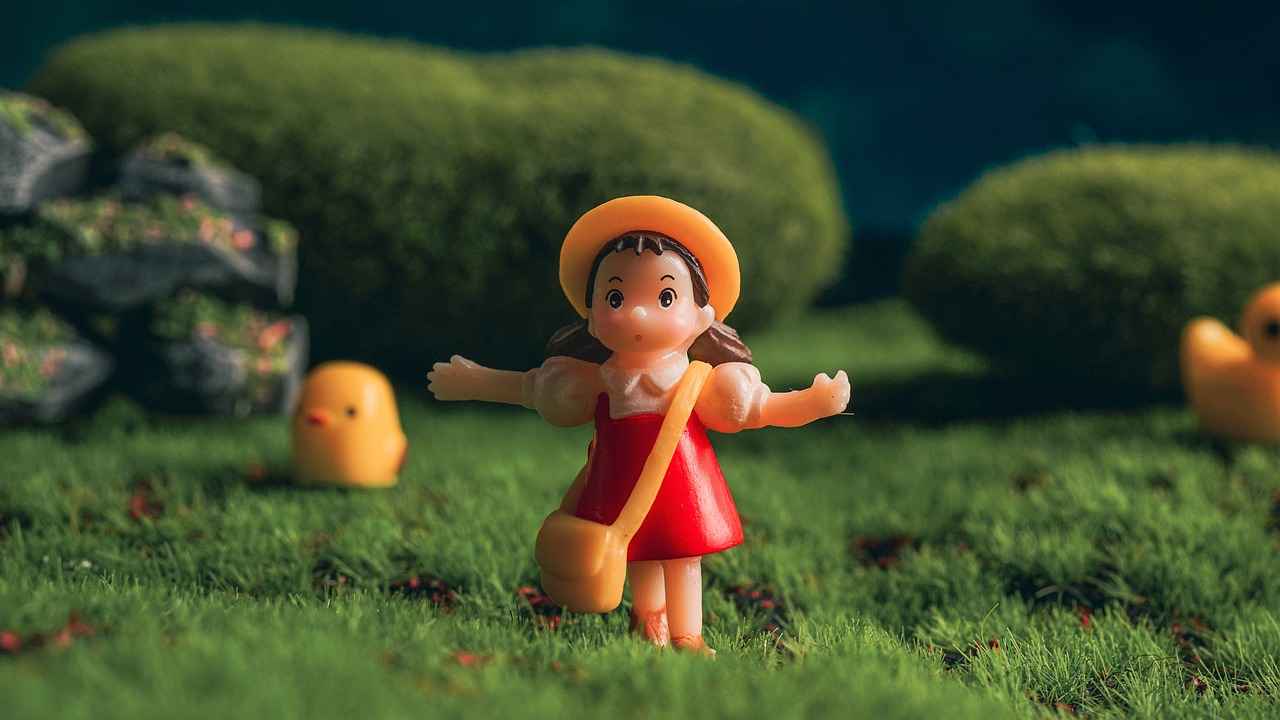
3. The Tsundere Archetype
The Tsundere Archetype has become a staple in anime, often characterized by a character who exhibits a mix of affection and hostility towards another character, typically a love interest. While this trope can add an element of tension and humor, it frequently leads to predictable and clichéd storylines that can hinder overall character development.
One of the primary issues with the tsundere archetype is its reliance on contradictory behavior. The constant push and pull can create a sense of frustration for viewers who seek more nuanced relationships. Instead of evolving, these characters often fall into repetitive patterns that fail to offer any real growth. For instance, the classic “I hate you, but I love you” dynamic can become tiresome, making it difficult for audiences to connect with the characters on a deeper level.
Moreover, this trope often overshadows other aspects of storytelling, leading to a lack of character depth. When a character’s personality is primarily defined by their tsundere traits, it can limit their potential for development. Viewers may find themselves longing for complex characters who exhibit a broader range of emotions and motivations.
Additionally, the predictability of tsundere characters can detract from the overall narrative. When audiences can anticipate a character’s reactions based on their archetype, the element of surprise is lost. This can result in a stagnant storyline that fails to engage viewers, who may seek more innovative and compelling character arcs.
In conclusion, while the tsundere archetype can provide moments of humor and tension, its overuse can lead to a lack of originality and depth in storytelling. As anime continues to evolve, it is essential for creators to explore new character dynamics that offer more complexity and emotional resonance.
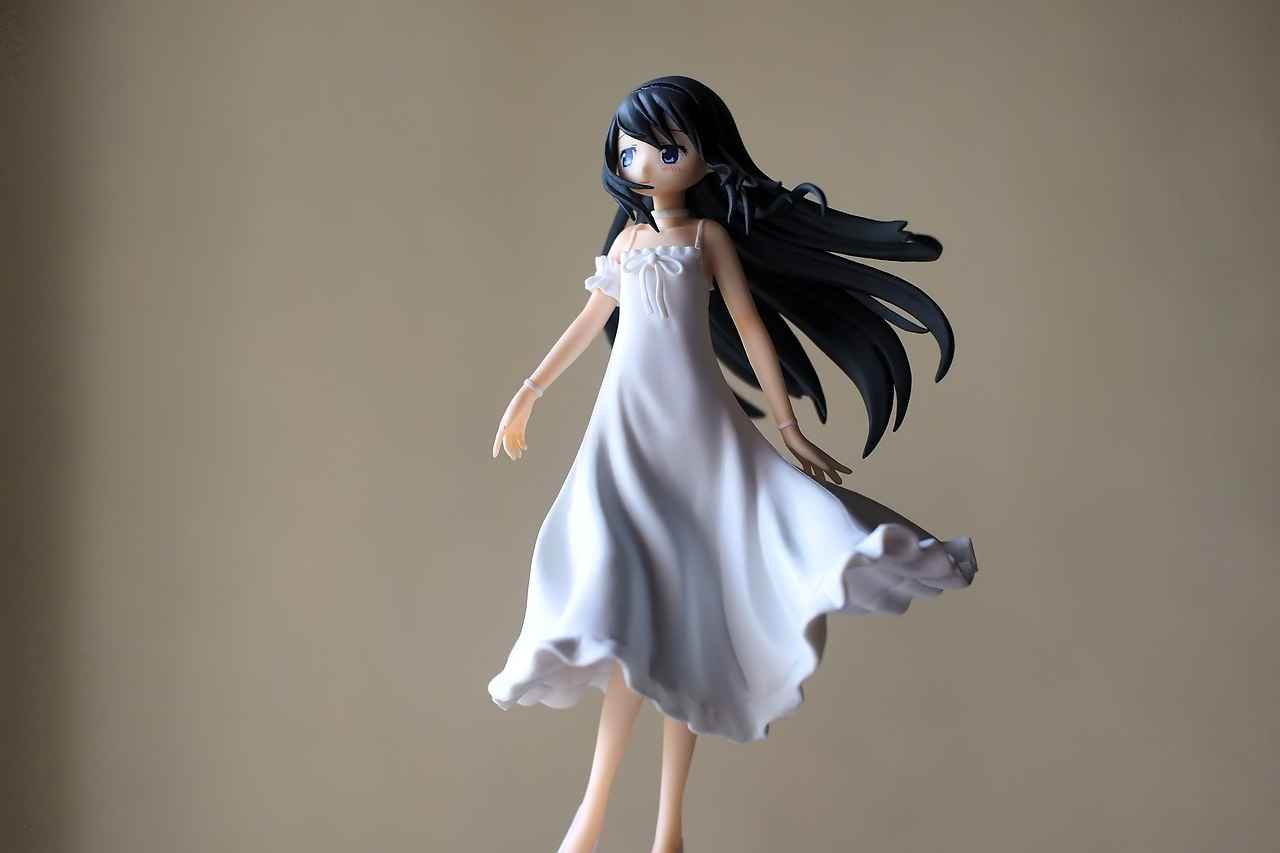
The Most Annoying Anime Tropes That Need to Stop
This article explores the most frustrating and overused tropes in anime, examining their impact on storytelling and viewer experience, while offering insights into why they should be reconsidered in modern narratives.
- 1. The Perpetual Love Triangle: Love triangles often create unnecessary drama but can become tiresome. This trope frequently distracts from character development and plot progression, leaving viewers frustrated rather than engaged.
- 2. The Overpowered Protagonist: Characters who possess overwhelming abilities can diminish tension and conflict in a story. This section discusses how this trope affects character arcs and viewer investment in the narrative.
- 3. The Tsundere Archetype: The tsundere character, known for their contradictory behavior, can often feel clichéd. Here, we analyze how this trope can hinder character depth and lead to predictable storylines.
- 4. The Forgotten Side Characters: Side characters frequently fade into the background, losing their potential for development. This section highlights the importance of well-rounded supporting roles in enriching the overall narrative.
- 5. The Misunderstood Villain: While complex villains can add depth, the trope of the misunderstood antagonist often feels overdone. We explore how this can detract from their role and the overall stakes of the story.
- 6. The Endless Filler Episodes: Filler episodes can disrupt the pacing of a series, frustrating viewers who seek continuity. This section discusses the impact of fillers on engagement and how they can be avoided in storytelling.
In conclusion, these tropes, while once popular, can hinder the storytelling potential of anime. By recognizing and reconsidering their use, creators can foster more engaging and innovative narratives that resonate with audiences.
